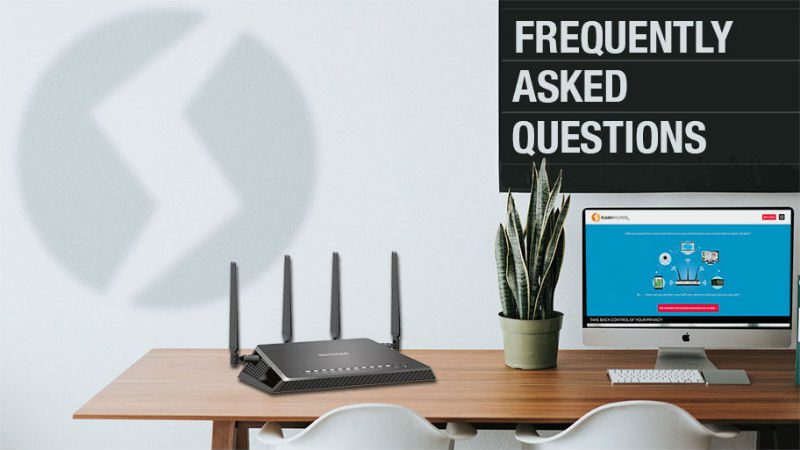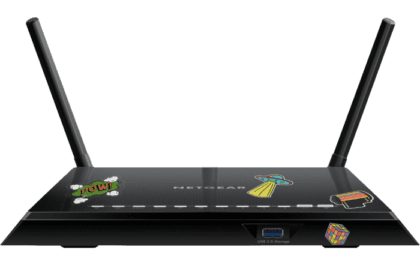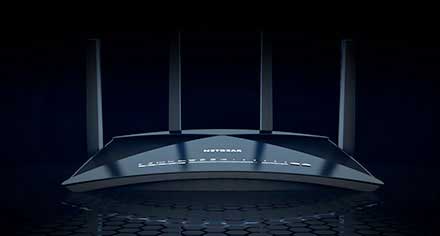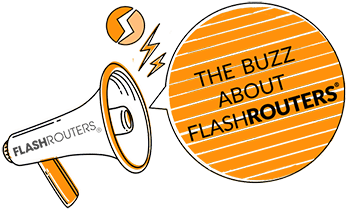What is the Difference Between Client Bridge & Wireless Repeater Modes in DD-WRT? (DD-WRT FAQ)
Quick Overview
DD-WRT router firmware distinguishes itself from default firmware in many ways but one of the most useful is the simple setup of Wireless Modes within its interface. Many consumers and network administrators turn to DD-WRT when seeking for the optimal choice in setting up a Client Bridge. Once they go DD-WRT, they never seem to go back due to the simplicity, customization possibilities, and the ease of the setup process.
Best DD-WRT Routers
Looking for the best DD-WRT Routers to set up a Client Bridge or Wireless Repeater?
Flash My Router – 1-on-1 Session With Expert Technician / Basic Internet/Wi-Fi/VPN Setup / Open Source Firmware "Flash" Upgrade / Includes a $30 Service Credit PRICE: $100 | BUY NOW
Networking Terms You Need To Know
There are a few basic networking terms to become acquainted with before reading further.
AP (Access Point) – The standard wireless mode for most routers in DD-WRT.
DHCP (Dynamic Host Configuration Protocol) – Automates network-parameter assignment to network devices. Simply, it is a process that allows a router to automatically assign connected devices local IP address.
NAT (Network Address Translation) – The process of modifying IP address information while in transit across a router.
WDS (Wireless Distribution System) – A system enabling the wireless interconnection of AP allows a wireless network to be expanded using multiple access points without the traditional requirement without having to be wired themselves.
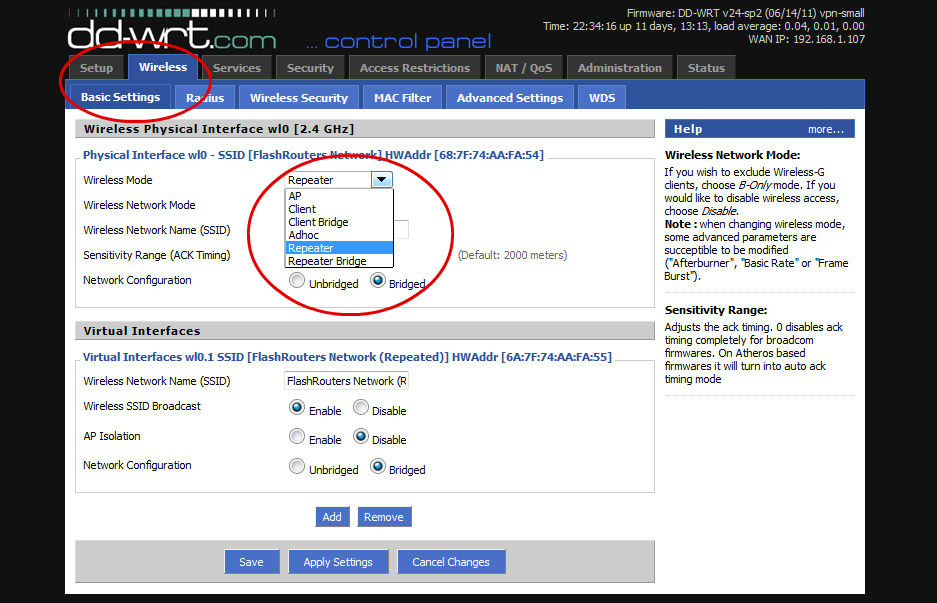
How Does the Client Wireless Bridge Differ from Repeater Mode?
To put it simply, a Client Bridge links computers while a Wireless Repeater connects routers.
These mode changing options can be found in later builds of DD-WRT under the Wireless –> Basic Settings Tab (as seen in the image above). The default mode in DD-WRT is AP, which sets your router up as a standard access point for users.
A Client Bridge can connect disparate pieces of a company of home network that were previously unable to connect through a router. The intended use for a Repeater is to take a wireless signal from a network and giving it a new-found, extended range.
Placing a Repeater in an opportune location can significantly strengthen a computer’s connection and network signal from a primary gateway. A Repeater is useful in a home or office when you are trying to boost wireless connection strengths, wireless range, and overall network sensitivity.
Client Bridges are increasingly popular for creating secured wired connections without the involvement of wireless signals. With Client Bridges, the WLAN and the LAN are on the same subnet. Consequently, NAT is no longer used and services that are running on the original network (like DHCP) work seamlessly on the created bridged network.
Inside a client bridged network, computers can see one another inside a Windows Network. However, the router will no longer accept wireless clients or broadcast beacons as it would in Repeater mode, minimizing the outside accessibility to the network. Addtionally, with a client bridge setup, automatic connection to VPN is not possible, it requires an unnecessary & complex setup.
If you are looking to extend wireless access to more remote parts of a home or office then use a Repeater. However, if you are looking to create a more seamless integrated network of computers without concern for extended wireless signal, then a Client Bridge could be the solution.
What is the Difference between the alternate DD-WRT Repeater Modes?
- Repeater
A) DHCP & NAT enabled
B) Clients on different subnet from primary router.
C) Computers connected to one router cannot see computers connected to other routers in Windows Network. - Repeater Bridge
A) Wireless Repeater capabilities with DHCP & NAT disabled.
B) Clients on the same subnet as primary router.
C) All computers can see one another in Windows Network. - Universal Wireless Repeater
Uses a program/script called AutoAP to keep wireless connection with the nearest/optimal host Access Point. This is an older method, for Broadcom devices only.
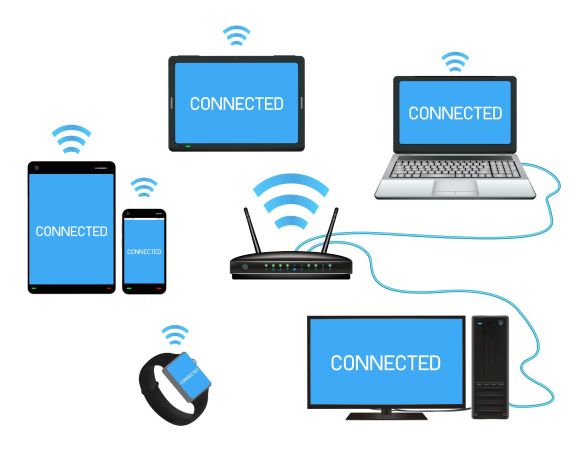
Explanation of Alternative Wireless Modes in DD-WRT
Client Mode (AP Client)
Used to link two wired networks using two wireless routers without creating a bridge. Computers on one wired network can not see computers on other wired network in Windows Network. Client mode allows the router to connect to other access points as a client.
Client Mode in DD-WRT turns the WLAN portion of your router into the WAN. In this mode, the router will no longer function as an access point (doesn’t allow clients). Therefore, you will need wires to use the router and to configure it. The router won’t even be visible to your own wireless configuration software or Wi-Fi packet sniffer software like Wireshark, Kismet or Netstumbler.
In Client Mode, the WLAN and the LAN will not be bridged, creating different subnets on the same router. To create FTP servers, port forwarding from WLAN to LAN will be necessary. Most users select to use client bridge mode instead of client mode.
Ad-hoc Mode
Ad -hoc mode allows the router to connect to other wireless devices that are also available for ad hoc connections. As such, ad hoc networks lack the typical central management of an infrastructure type network. Ad hoc mode uses STP (Spanning Tree Protocol) not WDS. Think of this mode as a Client Mode that doesn’t connect to infrastructure networks but rather to similarly ad hoc configured devices.
What Are The Best DD-WRT Routers For Creating Wireless Repeaters & Bridges?
These are the best routers for creating Client Bridges and Wireless Repeaters. Everyone is joining the router revolution today with a FlashRouter!
Editor’s Note: Much is this info and derived from various Wikipedia-related entries and the DD-WRT Wiki but has been melded together here as a streamlined reference guide.
Still have questions about DD-WRT Repeater modes, client bridge setups, or DD-WRT in general? Reach out to our router experts for more information!
Best VPN Routers 2024
Looking for the most secure router for VPN service options? Look no further.


